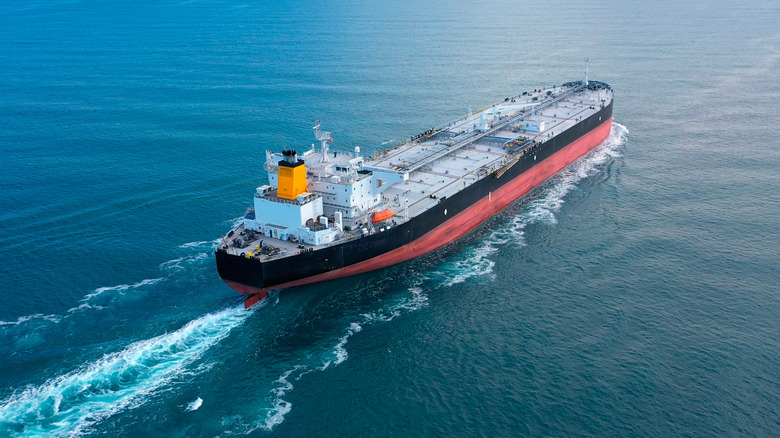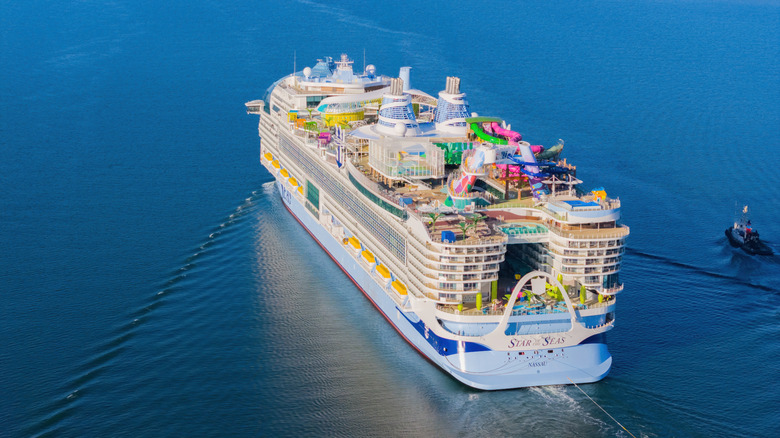What Does Aft Mean On A Ship?
While the last century or so has seen impressive advances in long-distance transportation, age-old practice of traveling by sea still has a romantic allure. Whether you're on an expedition vessel in the middle of the Amazonian rainforest or on a yacht or superyacht in the Caribbean or Mediterranean seas, the possibilities posed by traveling on open water are exhilarating. While there have been plenty of innovations in terms of shipboard propulsion and supplementary systems, naval terminology has remained consistent throughout human history.
The term "aft" refers to the rearward direction on a vessel, and applies whether you're on a ten-foot rowboat or the longest cruise ship in the world, the 1,200-foot Star of the Seas. hearing "fore" on a boat doesn't mean there's a golf ball headed your way; that's used to indicate the direction of the ship's bow, or front end. "Fore" and "aft" are used to indicate direction from the speaker's current spot on a ship's deck and are often included in orders given to the crew.
The word aft has Old English origins
Although humans have been using boats for more than 10,000 years, the word 'aft' came into use in a marine context leading up to around 1150, when Middle English began to supplant its predecessor. The term is a truncated form of the Old English word 'æftan,' which means 'farthest back' or 'behind.' The terms 'aft' and 'stern' are related but have distinct meanings. While aft is the direction of the back of the ship, the stern is the actual rearmost part of the boat. Telling someone to head aft sends them toward a ship's stern.
The opposites for these terms are "fore" and "bow," which similarly indicate a direction and location toward/at the front end of a vessel. Everyone from recreational boaters to professional sailors and naval crew share this terminology along with words for the two sides of a ship. When facing the bow, your right hand will point toward the starboard side, while your left hand is closer to the port side. Using these terms instead of 'left/right' and 'front/back' eliminates confusion among crewmembers who could be facing in any direction when orders are given. Boaters in the United States can take a Coast Guard safety course that includes lessons on shipboard terminology, and cruise passengers should know these terms in case there's an emergency on board. Most holders of Florida boating licenses have to pass a knowledge test and safety course, and there may be a boating instruction program near you to help reinforce these terms.

